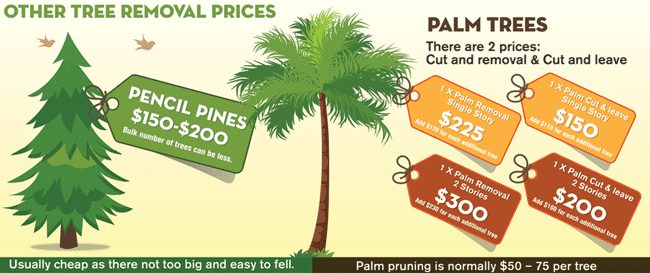After Removing Trees, Correct Care Is Necessary For Landscape Recuperation; Find Out The Necessary Activities To Renew Your Area And Stop Approaching Obstacles
After Removing Trees, Correct Care Is Necessary For Landscape Recuperation; Find Out The Necessary Activities To Renew Your Area And Stop Approaching Obstacles
Blog Article
Material Develop By-Powell McCollum
After a tree's elimination, your landscape might look fairly different, and it's essential to assess the results very carefully. You'll intend to evaluate the dirt disturbance and examine bordering plants for any indications of stress. Overlooking these variables can result in bigger troubles down the line. So, what should you make with those stumps and origins? And how do you choose the best plants for your revitalized area? Let's check out these crucial steps.
Assessing the Results: Reviewing Your Landscape
After a tree removal, it's essential to examine your landscape to understand the impact it has on your backyard.
Start by analyzing the area where the tree stood. Try to find indicators of soil disturbance, and check the surrounding plants for any type of anxiety or damages.
You need to also make note of exactly how the elimination has transformed sunlight direct exposure and air flow in your yard. This change can influence the growth of nearby plants, so it's important to examine their health and wellness.
Think about the aesthetic facets also; the elimination may create an open space that you can revamp.
Lastly, consider any kind of potential erosion issues that could emerge from the tree's absence. Resolving these elements early will assist bring back balance to your landscape.
Handling Stumps and Origins: Options for Removal
Once you have actually analyzed the after-effects of the tree removal, you'll likely need to tackle the stump and roots left.
You have a couple of alternatives for removal. One reliable technique is stump grinding, where a professional uses a device to grind the stump to below ground degree. This strategy leaves minimal interruption to your landscape.
If Palm Tree Stump Removal Chemical choose a do it yourself approach, you can utilize a mix of digging and chemical stump eliminators. Just remember, this process can take time and initiative.
Conversely, consider leaving the stump as an all-natural function, which can work as a special yard component or habitat for wild animals.
Whatever you pick, resolving the stump and origins is crucial for restoring your landscape.
Picking the Right Plants for Your New Room
As you evaluate your newly removed room, picking the right plants can significantly boost your landscape's appeal and functionality.
Beginning by taking into consideration the sunshine and dirt problems. For bright locations, choose drought-resistant plants like lavender or succulents. In shaded places, ferns and hostas grow well.
Think of the dimension and development behaviors of your plants; mix perennials and annuals for seasonal range. Do not neglect to integrate native varieties; they require much less upkeep and assistance neighborhood wild animals.
Group plants in odd numbers for a more natural appearance and develop layers for aesthetic deepness.
Finally, guarantee you have a mix of colors and textures to keep your landscape dynamic throughout the seasons.
Pleased growing!
Final thought
Finally, recovering your landscape after tree elimination is a satisfying process. By examining the consequences, addressing stumps and roots, and selecting the right plants, you'll produce a growing atmosphere. Do not fail to remember to include erosion control steps to safeguard your dirt. With a little effort and care, you can change your area into a dynamic garden that enhances your building. Accept Trimming Trees to invigorate your landscape and appreciate the appeal of nature right in your backyard!
